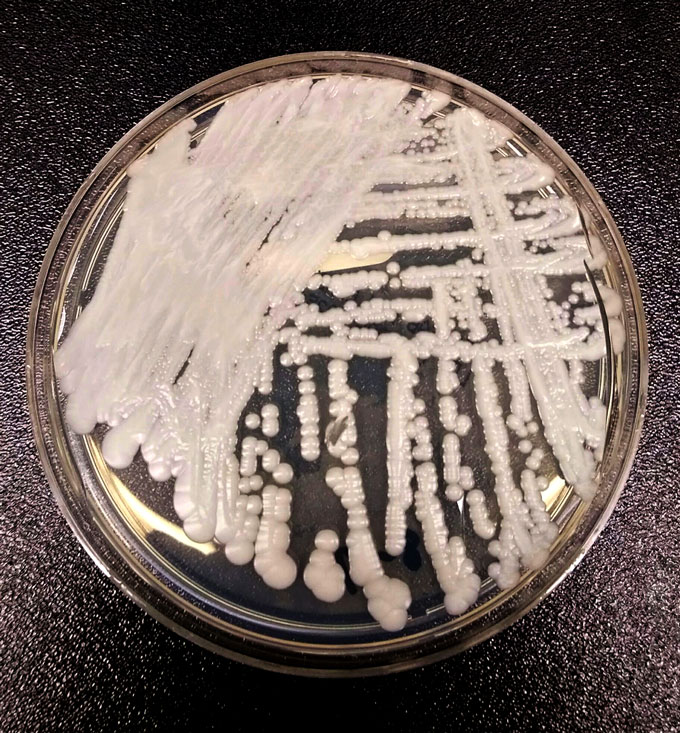Close to 3 million people in the United States develop difficult to treat infections caused by drug-resistant bacteria and fungi each year — and about 35,000 die, according to a new government report.
“The modern medicine available to us today may very well be gone tomorrow if we don’t slow the development of antibiotic resistance,” said Robert Redfield, director of the U.S. Centers for Disease Control and Prevention in Atlanta, during a news briefing on November 13.
In its first report on drug-resistant infections in six years, the CDC revised its 2013 report using newly available data including electronic health records from over 700 hospitals. The number of annual deaths from drug-resistant infections at that time is now estimated to have been around 44,000 — almost double the 23,000 deaths previously estimated.
The new report also estimates that currently about 35,000 people die annually from drug-resistant infections, reflecting an 18 percent decrease from the revised number of the 2013 report. That shows there’s been progress in reducing the spread of drug-resistant microbes typically associated with hospitals, a major source of deaths, said Michael Craig, a senior advisor on antimicrobial resistance at the CDC, during the news briefing.
Even with the additional data, however, the CDC considers its estimates conservative. In a letter published in Infection Control & Hospital Epidemiology in 2019, researchers from Washington University School of Medicine in St. Louis, using different methodologies, estimate that more than 150,000 people in the United States died from drug-resistant microbes in 2010.
“The CDC’s new numbers represent excellent progress in assessing the burden of antibiotic resistance, but they still likely underestimate its vast impact,” says Greg Frank, director of infectious disease policy for the Biotechnology Innovation Organization, an industry group in Washington, D.C. Deaths due to drug-resistant microbes are often underreported because many patients with these infections also have other health issues that could get recorded as the cause of death, he says.

The latest report also adds two new drug-resistant organisms to the CDC’s list of bacteria and fungi that the agency considers urgent public health threats. The fungus Candida auris and bacteria Acinetobacter that are resistant to the antibiotic carbapenem join the bacteria Clostridioides difficile, drug-resistant Neisseria gonorrhoeae and Enterobacteriaceae that are resistant to carbapenem on the list.
N. gonorrhoeae causes the common, sexually transmitted disease gonorrhea and can cause infertility in women (SN: 12/9/02). Acinetobacter spreads mainly in health care facilities, causing pneumonia and urinary tract infections.
C. auris, which causes severe and often fatal infections in hospitalized patients, is “a pathogen that we didn’t even know about when we put out the last report in 2013,” Craig said. “Since then, it has circumnavigated the globe and has caused a lot of infections and deaths.” Its quick rise from a medically unknown fungus to worldwide health threat may be due to climate change, according to one theory (SN: 7/26/19).
A version of this article appears in the December 7, 2019 issue of Science News.
CITATIONS
U.S. Centers for Disease Control and Prevention. Antibiotic resistance threats in the United States, 2019. Released online November 13, 2019.
J.P. Burnham, M.A. Olsen and M.H. Kollef. Re-estimating annual deaths due to multidrug-resistant organism infections. Infection Control & Hospital Epidemiology. Vol. 40, January 2019, p. 112. doi:10.1017/ice.2018.304.
Source: Science news
